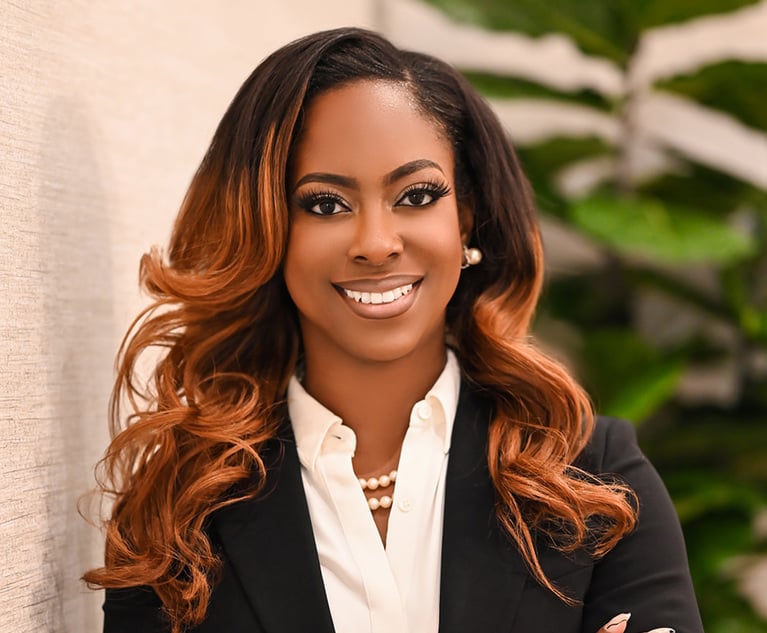Urban Meyer. Larry Nassar. Chris Bustamante. C.L. Max Nikias. Art Briles. The list goes on. Some of these names might sound familiar, some maybe do not. Due to the popularity and appeal of college sports, sports-related scandals are usually the ones making the headlines. For example, in May 2016, Art Briles was dismissed as head football coach of Baylor University for mishandling sexual assault allegations against his student-athletes. On Jan. 24, Larry Nassar was convicted and sentenced to 40 to 175 years in prison for molesting more than 150 women and girls, many of whom had spoken out about the abuse, yet were ignored by major organizations such as USA Gymnastics, Michigan State University and the US Olympic Committee. In the latest scandal, Ohio State University’s head football coach, Urban Meyer, was suspended for three games after it came out that he knew of 2009 and 2015 incidents involving former wide receiver coach Zach Smith’s alleged domestic abuse of his then wife, and other indiscretions, and did nothing.
The sheer number of these headlines in recent years is daunting, and this problem is by no means limited to athletics. In fact, a 2015 survey commissioned by the Association of American Universities found that approximately a quarter of undergraduate women at a large group of leading universities said they had been sexually assaulted by force or when they were incapacitated during their four years of college. In April, a former George Washington University student sued the university in the U.S. District Court for the District of Columbia claiming they mishandled her sexual assault allegations by delaying the investigation and failing to communicate with students who file reports. In May, C.L. Max Nikias, the president of the University of Southern California, stepped down after the university failed to address years of allegations of sexual misconduct by the school’s former doctor. In July, a third woman sued Stockton University claiming that the school knew or should have known that a particular fraternity presented a danger to the students, yet did nothing to protect the students, and that the officials hired to help victims of sexual assault were ill-prepared and ineffective in their duties.


 Fara Cohen, Griesing Law
Fara Cohen, Griesing Law




